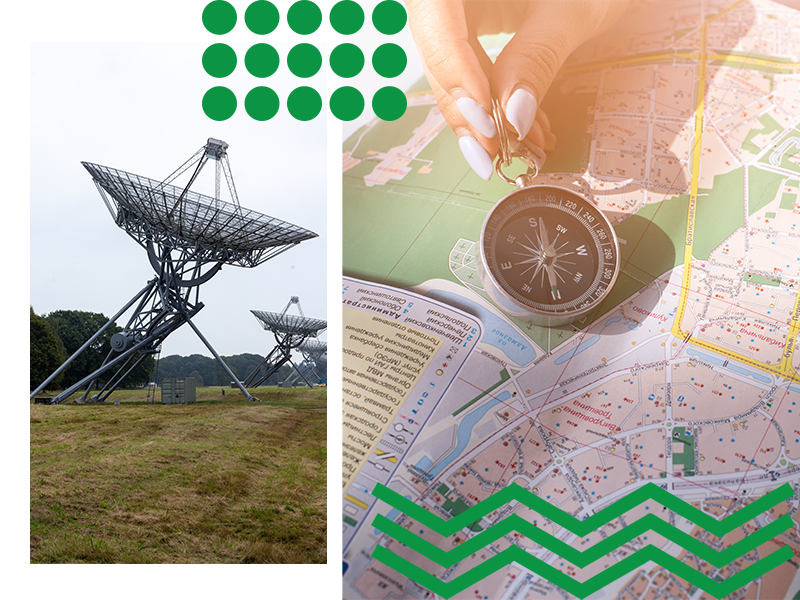GIS & Remote Sensing System
In aviation, GIS and Remote Sensing systems play a pivotal role in enhancing operational efficiency, safety and planning. A Geographic Information System (GIS) in aviation is much like a digital cockpit for the earth, offering a bird’s eye view of terrains, flight paths and weather patterns. It helps map and analyze everything from airport layouts to airspace management, ensuring smooth coordination. By combining location based data with maps, aviation professionals can optimize flight routes, monitor environmental impacts and make data driven decisions in real time much like how a pilot navigates through air traffic.
On the other hand, Remote Sensing is the airborne camera capturing the pulse of the planet. Using satellite or airplane mounted sensors, it records detailed images of landscapes, weather systems and even volcanic ash clouds. This technology empowers the aviation sector by allowing pilots and airlines to assess environmental risks, detect atmospheric conditions and plan safe routes before taking off. It’s like having an ever watchful eye scanning the sky to ensure a safer and more informed flights.
Together, GIS and Remote Sensing merge the art of mapping with the science of observation by creating a seamless system that elevates aviation planning, safety and environmental management to new heights.
